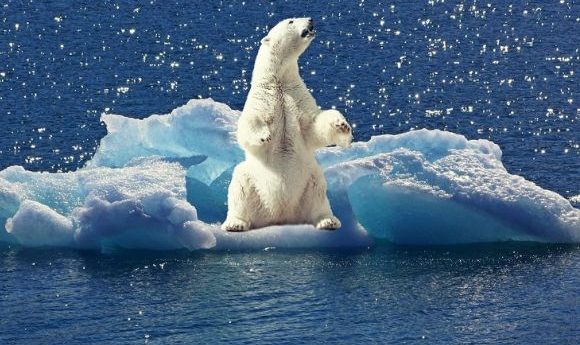A global temperature increase of 2 degrees could cause Arctic sea ice to disappear

New models suggest that Arctic sea ice could be nonexistent throughout September each year if average global temperatures increase by as little as 2 degrees.
A new study by the University of Cincinnati (OH, USA) has suggested that Arctic sea ice could completely disappear over September each year if average global temperatures increase by as little as 2 degrees.
The study, published recently in Nature Communications, involved applying a new statistical method to climate model projections that accounted for dependence between models, in order to estimate the level of global warming needed for a September ice-free Arctic.
This novel statistic method differs from the traditional Bayesian model averaging method as it allows for tests to be run with non-exclusive hypotheses. Predictions and projections can then be made under these hypotheses using Markov chain Monte Carlo methods.
Utilizing the historical and future representative concentration pathways from 31 climate model runs, they found that there is at least a 6% probability of September ice disappearing with a warming of 1.5 degrees. This likelihood increases to 28% at a temperature increase of 2 degrees.
“They use September as a measure because that’s the transition period between summer and winter in the Arctic,” explained Won Chang, co-author on the study and a professor of Mathematics at the University of Cincinnati.
“Ice recedes from June to September and then in September it begins to grow again in a seasonal cycle,” he stated. “And we’re saying we could have no ice in September.”
The more the ice recedes in the summer, the longer it takes the Arctic sea ice to reform for the polar winter. This could have grave consequences for the Arctic wildlife that rely on sea ice for their habitat and for hunting, such as polar bears and seals.
-
Manipulating crops to cope with climate change
-
Prehistoric mega-herbivore decline: a case of climate not primate
-
Rising seas threaten internet
Under the 2009 Paris Agreement – the international effort to curb carbon emissions to address global warming – all participating countries have agreed to limit warming to 2 degrees above pre-industrial levels. However, the results from this study suggest that this may not be sufficient to prevent an iceless Arctic Ocean.
“Climate scientists are very honest,” remarked Chang. “We try to be as transparent as possible about the amount of uncertainty we have and lay out all of our assumptions and emphasize that when we say there is a possibility, we quantify it in the form of a probability.”
The new method provides a promising framework for calculating climate change that could be extremely beneficial for climate change scientists and policy makers. However, the researchers do not think this is the limit to what the method can do.
“While we only tested the new approach on climate models, we are eager to see if the technique can be applied to other fields, such as stock market predictions, plane accident investigations, or in medical research,” says lead author Roman Olson (Institute for Basic Science, Daejeon, South Korea).